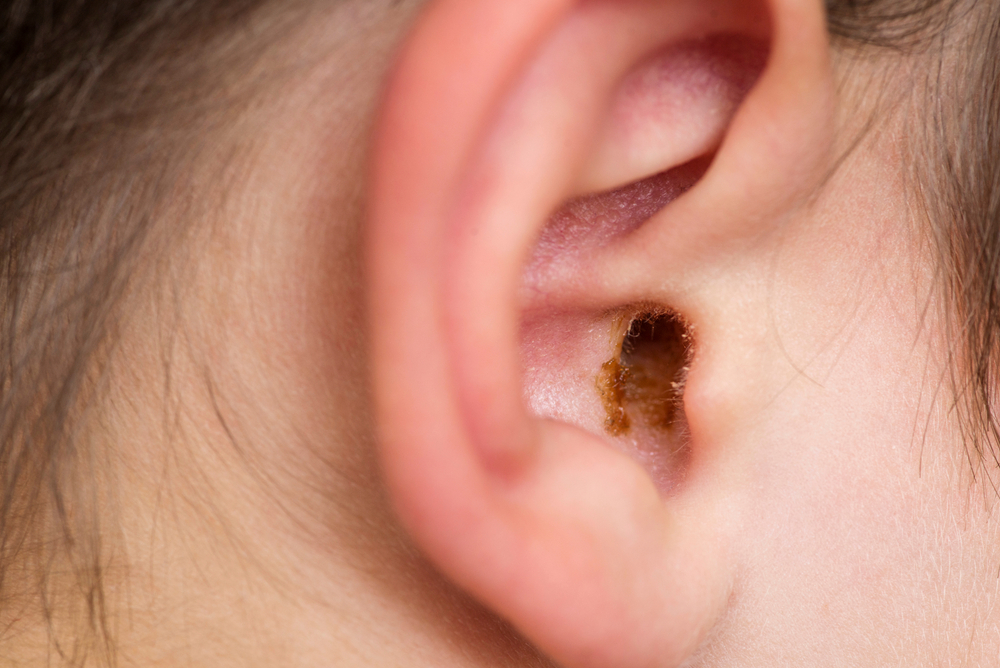
Chances are, earwax and its buildup haven’t been subjects of extensive consideration for you, except maybe during ear hygiene sessions. Still, it’s essential to have an understanding of its purpose and how it forms.
So why does earwax accumulate?
Earwax, also scientifically called cerumen, is composed of a mix of sweat, skin particles, hair, debris, and ceruminous gland secretions. Earwax will appear as a waxy substance that will normally be yellow, orange, brown, or even grey.
While the production amount of earwax varies from person to person, adults typically generate less earwax than kids. Kids also typically have softer earwax that’s lighter in color than adults.
Earwax passes the outer ear canal leisurely, eventually reaching the ear opening, where it either self-expels or gets washed away during bathing.
Why is earwax important?
Here are a few important functions that earwax serves:
- Acting as a protective barricade against external irritants like dirt, dust, and other foreign particles before they penetrate deeper into the ear.
- Stopping itchiness and dryness by lubricating and safeguarding the lining of the ear canal.
- Fending off possible infections that may develop within the ear canal.
Earwax obstructions
Impacted earwax is a prevalent issue, but it’s usually the only time you need to be concerned about it. Impacted earwax can be the result of narrow or abnormally shaped ear canals hindering the normal movement of earwax toward the ear’s periphery.
Poor ear hygiene methods, such as using cotton swabs or bobby pins, can inadvertently jam wax deeper into the ear canal.
People grappling with hearing loss who utilize earplugs or hearing aids are also predisposed to experiencing ear canal obstructions.
How is hearing affected by excessive earwax?
The occurrence of earwax blockages may yield mild discomfort and impact auditory health.
Additionally, considerable accumulations of earwax can induce tinnitus, a feeling of ringing in the ears.
Neglected earwax obstructions may intensify into middle ear infections, perforated eardrums, or enduring hearing loss due to acoustic trauma.
Dealing with impacted earwax
It’s crucial that you contact us as soon as you can if you think your ears may be blocked by earwax. Depending on the extent of the blockage, you may be advised to use over-the-counter wax softening drops or a bulb syringe for gentle irrigation to alleviate the condition.
If you’re worried about your earwax buildup, call us right away to schedule an appointment.

